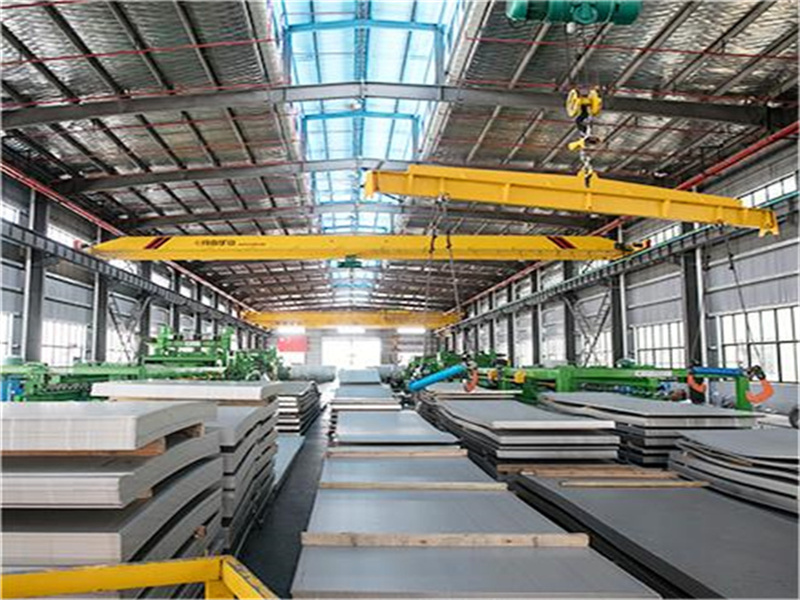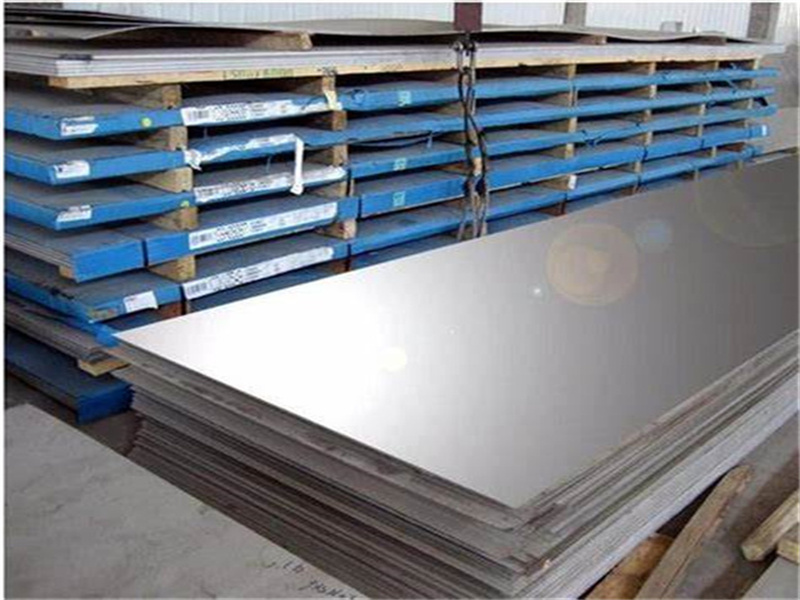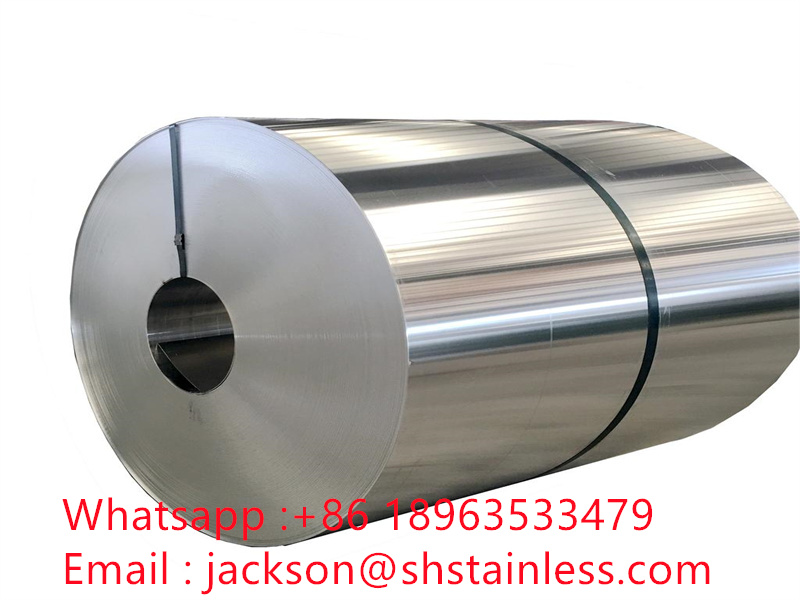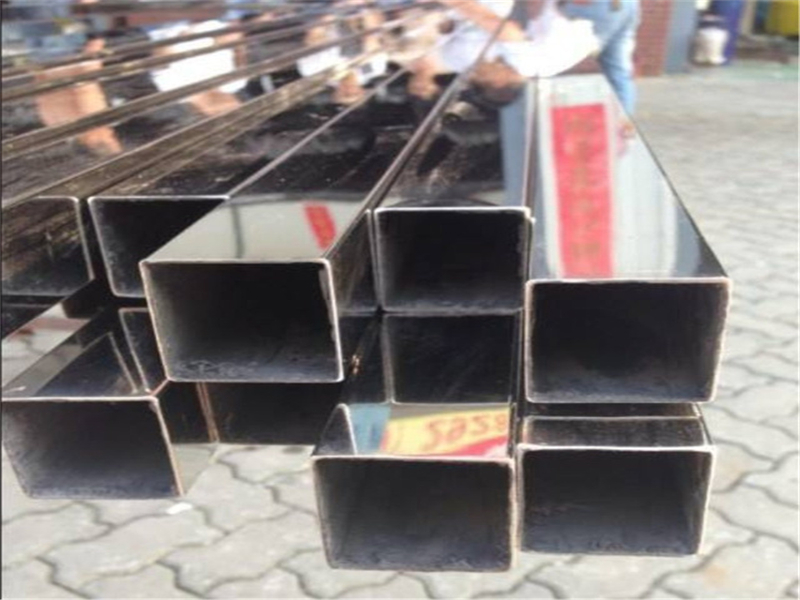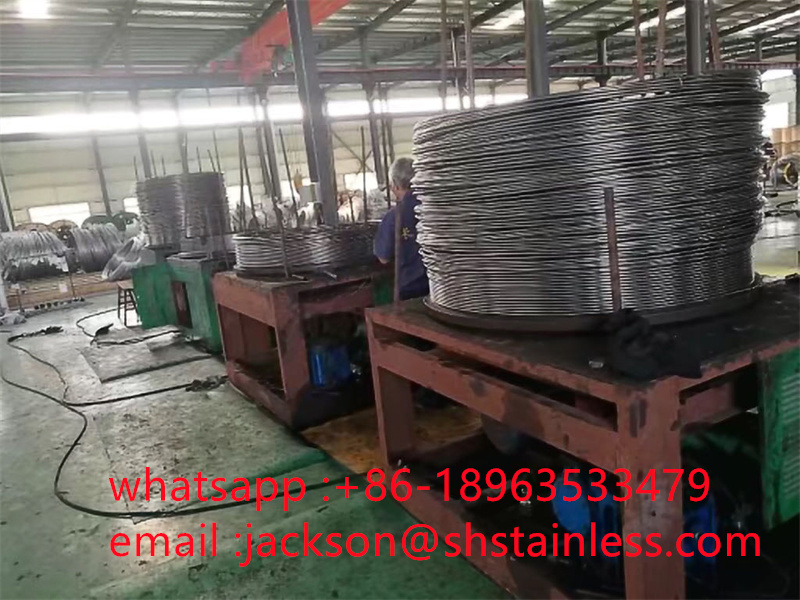Review of the steel market in August, as of 31 days, although the steel price has a small rebound during the period, but most of the time in the operating situation of shock decline, steel composite price index fell 89 points, thread and wire fell 97 and 88 points, medium and thick plate, hot rolled prices fell 103, 132, cold rolled prices flat. 62% of the iron ore price rose 6 US dollars, coke composite price index rebounded 6 points, scrap steel prices fell 48 points, from the average price point, composite steel prices, hot rolled and cold plate rebounded 1, 32 and 113 points, thread, wire and plate fell 47, 44 and 17 points respectively. The finished material was weaker than expected, and the raw fuel was stronger than expected. However, in last month’s report, it was also clearly mentioned that the landing of the production restriction policy is the basis for the rebound, and it is necessary to prevent enterprises from limiting production. Looking forward to the steel market in September, steel mills have been controlling production, steel prices are easy to rise and difficult to fall, and raw fuel is easy to fall and difficult to rise.
Liaocheng Sihe SS Material Co., Ltd.
In the steel market in August, it is unreasonable to say that regardless of the production control policy, in the context of the traditional off-season demand decline, steel mills would rather choose to maintain production levels, but also refused to reduce production, resulting in steel mill profitability fell from 64.94% to 51.08%, steel mills can be said to have picked up sesame lost watermelon, some may not even pick up sesame.
Although the maintenance of steel production has relieved the local financial pressure to a certain extent, it has damaged the interests of the industry and enterprises, and ultimately damaged the national interests (from the irrational push up the price of iron ore).
Looking forward to the steel market in September, steel prices still have stage pressure, mainly in:
The first is the pressure of supply, from the data of the steel union, the average daily output of molten iron in the middle and late August was 2.456 million tons, and the output of molten iron in the last week of the end of the month did not decline, which is at a relatively high level, posing supply pressure on the market in the middle of September.
The second is the pressure of demand, the average daily turnover of construction materials in August is about 145,000 tons, the capital of infrastructure, real estate and new construction still have a drag on the demand release in September, although the seasonal demand will have a certain release, but the overall momentum is still insufficient, the pressure still exists. In terms of exports, the price difference between home and abroad has further narrowed, and overseas demand has fallen, which will also lead to the indirect and direct exports of steel products falling further.
In addition, the original fuel will open a formal stage of decline in September, and the steel price may form a certain stage drag.
In September, even if the steel price falls, the space is relatively limited, first, the current steel mill is also half of the corporate profits, and even if there are profits, it is negligible, steel fell 50 to 100 yuan/ton, profitable steel mills, may return to about 30%, at that time, there is no need to limit production, steel mills will also actively reduce production, making supply and demand rebalancing, and the price is repaired.
Looking ahead to the steel market in September, the main factors that make it easier for steel prices to rebound:
First, macro sentiment has been repaired. Observe the macro diffusion index of Guosen Securities in the week of August 25, which has rebounded for two consecutive weeks, indicating that the economic boom has been boosted, especially after seasonal standardization, and continues to rise, which is better than the historical average level, and shows that the economic recovery is good. On August 29, the fifth session of the Standing Committee of the 14th National People’s Congress reviewed the Report of The State Council on the Implementation of the Budget since the beginning of this year on the 28th, and made it clear that one of the five key fiscal tasks in the next step is to prevent and defuse local government debt risks. The central government actively supports local governments in resolving hidden debt risks, urges local governments to coordinate all kinds of funds, assets, resources and various supportive policies and measures, closely focuses on cities and counties to intensify their work, properly resolve existing hidden debt, optimize the term structure, reduce the interest burden, and gradually slow down debt risks. In addition, the policy of recognizing housing and not recognizing loans has been opened, and there may be a big move in the future, which also alleviates the pressure.
Second, steel is a small rebound in this wave of commodities, there is room for repair. Observing the Mandarin commodity index, rebounded from 165.72 at the end of May to 189.14 on August 30, a rebound of 14.1%, the thread 10 contract rebounded from 3388 at the end of May to 3717 on the 30th, a rebound of 9.7%, a few commodities also appeared to double the market. If you only look at your own fundamentals, the fundamentals of the thread are not bad, and there is industrial policy (production capacity, output double control), there should be room for repair.
Third, steel demand is expected to pick up seasonally in September. From the steel union data observation, August crude steel production may not fall but increase, it is estimated that the average daily production or about 2.95 million tons, and the sample inventory of the steel union statistics will increase by 330,000 tons, indicating that crude steel consumption in August in July increased by about 10.5% in the background, it is still possible to maintain about 10% year-on-year growth, and the demand has basically not fallen. In September, with the temperature dropping, the reconstruction after the flood, the project rush, etc., the demand is expected to increase at the same time and month on month.
According to the centennial construction survey, the downstream demand of the construction industry: the cement output of 250 enterprises was 5.629 million tons, which was +5.05% (the previous value +1.93) and -28.3% (the previous value -31.2). From a regional point of view, only South China was affected by increased rainfall, which decreased month-on-month, while North China, Southwest, Northwest, Central China, East China and Northeast China all rebounded. Demand for major infrastructure projects: cement direct supply of 2.17 million tons, +4.3% sequentially (previous value +1.5), year-on-year -4.8% (previous value -5.5). On the one hand, some regional events are about to be held, and infrastructure projects have obvious deadlines; On the other hand, the number of newly started projects has increased, and the demand for building materials for some completed projects has been relapsed. Housing construction demand: The concrete transport volume of 506 mixing stations was 2.201 million square meters, +2.5% week-on-week (previous value +1.9), and -21.5% year-on-year (previous value -30.5). From the regional point of view, due to the demolition and reconstruction of some mixing stations in North China, the volume of traffic is reduced, and the volume of traffic in South China is reduced after the increase of rain, while central China, Southwest, Northeast, Northwest and East China are increased. Long-term favorable policies, downstream purchases increased for three weeks. From August 21 to August 27, the total area of new commercial housing in 8 key cities was 1,942,300 square meters, an increase of 4.7% week on week. During the same period, the total area of second-hand housing transactions (contracts) in eight key cities was 1.319,800 square meters, an increase of 6.4% on a week-on-week basis.
From the latest inventory of finished goods of industrial enterprises released by the National Bureau of Statistics, it continued to fall, falling to 1.6% in July compared with the same period last year, and inventories fell 0.2% compared with the same period last year, all of which are in a relatively low position in history. Sub-industry data show that the high-boom transportation equipment, electrical machinery industry, as well as low inventory of computer communications, general equipment and other industries have appeared signs of replenishment, indicating that the demand for building materials has fallen at the same time, the growth of manufacturing steel demand has fully made up for the gap. This trend is expected to continue, perhaps in September, there will be a further release of intermediate demand. According to the sample data of the steel Union survey, in September, the daily consumption of raw materials in the steel structure, automobile and other steel industries increased by 3.23%, 8.57% and 8.89% respectively, and the machinery and home appliance industries fell by 4.07% and 7.35% respectively.
Fourth, the supply of steel is bound to fall in September. On the one hand, some enterprises are forced to reduce production and overhaul losses, other enterprises have begun to implement production restriction policies, and environmental control has become stricter, which will also bring pressure on the supply release of some enterprises. On August 15, the Ministry of Ecology and Environment, the Ministry of Public Security and the Supreme People’s Procuratorate jointly supervised 11 cases of automatic monitoring data falsification of environmental pollution by key pollutant discharge units. These 11 cases were transferred by the ecological environment department to the public security organs for joint investigation and handling, involving dozens of enterprises in nine provinces, both pollutant discharge units and third-party operation and maintenance units. According to the sample survey data, a small number of sample enterprises in September thread production in August or about 5% decline.
Due to the delayed implementation of the production control policy by steel mills for various reasons, on the basis of a year-on-year output of 17.28 million tons in January to July, at least 7.5 million in August, that is, crude steel increased by about 24.78 million tons in January to August. This means that in the 122 days from September to December, the average day must produce less than 203,000 tons, and the average daily crude steel production from September to December last year is 2.654 million tons, which means that the average daily crude steel production from September to December this year can not exceed 2.451 million tons, which is still according to the results of flat control to calculate. This means that the average daily level of crude steel in the year will be reduced by about 500,000 tons on the current basis.
Therefore, from the above perspective, steel price rebound is not difficult.
From the perspective of raw fuel, although at the beginning of the year, I also said that the market has entered a new stage of trading vulnerability, anxiety, nonlinear and incomprehensible, the recent continuous rise in iron ore prices, although we know some inevitable factors (hedging short positions, depreciation of the RMB exchange rate, high-speed iron production, low ore inventory, etc.), but still a lot of noise trading: On the one hand, the average daily molten iron of 247 enterprises was fully traded, but it ignored the fact that the average daily pig iron production of the Bureau of Statistics in July (2.503 million tons) fell by 63,000 tons compared with June (2.566 million tons). On the other hand, fully traded the relatively low inventory of iron ore, but ignored the first 7 months of pig iron only increased by 17.9 million tons, while iron ore imports more than 43.21 million tons and domestic ore increased by 34.59 million tons (let alone say that the national iron ore inventory is not really down the dominant inventory so much, steel mill inventory fell by 9.65 million tons); In addition, it fully traded the windfall profits of imported mines, but ignored the continuous small profits and even losses of steel production enterprises; In addition, fully trading the reality and expectations of steel mills temporarily not reducing production or even controlling production in the future, but ignoring the seriousness and credibility of the dual control policy. Now the extreme pressure on steel and the irrational pull up of raw fuel, with the beginning of the policy landing period in September, from the perspective of reverence for the market, the two will usher in their own reasonable return, the price of raw fuel is only a matter of time and rhythm, the magnitude, the longer it is, the more it rises, the greater the space for future decline.
International Steel Association data show that from January to July, the global pig iron production of 774 million tons, an increase of 17 million tons over the same period last year of 757 million tons, according to 1 ton of pig iron consumption of 1.6 tons of iron ore to measure, more than the same period last year to consume iron ore of nearly 27 million tons. Among them, China produced 532 million tons of pig iron, an increase of 24 million tons from 508 million tons in the same period last year, and consumed 38 million tons more iron ore. Other countries’ molten iron production fell by 7 million tons year-on-year, and iron ore consumption fell by 11.2 million tons. It can be seen from the WSA data that China’s pig iron production increased by 4.7% year-on-year, and its increment accounted for 140% of the global increment, that is to say, the increase in global iron ore demand came from China. However, according to relevant statistics, global iron ore production increased by 63 million tons from January to July, with a surplus of 25 million tons. From the satellite observation data, the international excess production of iron ore is mainly accumulated in overseas ports and sea drift inventory. Steel Union’s iron ore division estimates that at least 15 million tons of iron ore stocks have been added overseas.
It can be seen that the sample and sample number are different, the reference is not the same, and the conclusions may be different. One point is that the performance of a small number of samples in certain periods may not be consistent with the data of all samples, whether in terms of the direction of change, especially in terms of the amplitude of change, which may often form a noise transaction, and this transaction is often a journey. Without reaching the end.
In short, the steel market in September, in the context of the further introduction of various policies and the implementation of efforts, steel prices are expected to usher in a real rebound after repeatedly bottoming out around the end of August. Once again, it is recommended that steel mills should actively implement the control of production reduction, early production reduction and early benefit, traders and terminals continue to actively lock in some low-cost resources, actively apply futures or option tool arbitrage, meet the low valuation of the first many materials, and then meet the high valuation of the original fuel, or usher in a better time window.
Post time: Sep-02-2023

